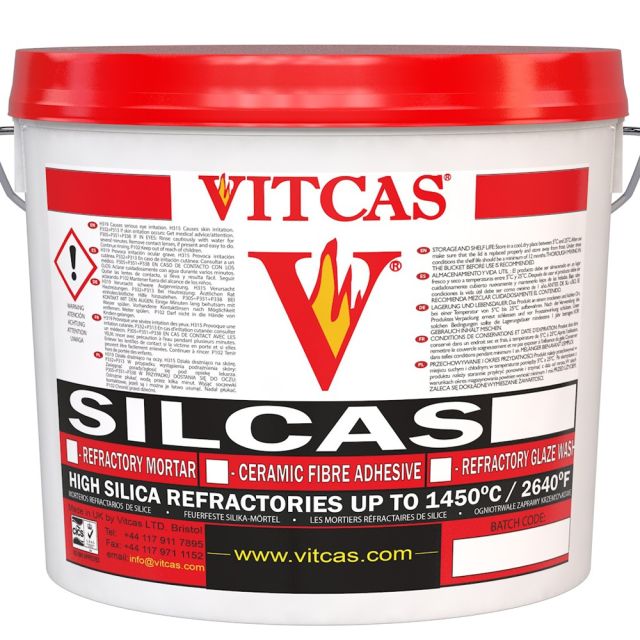Kiln Linings
Refractory Materials for Kiln Linings – Insulation Solutions for Intermittent and Tunnel Kilns
Kiln linings are essential in both industrial and studio-scale ceramic production, providing thermal insulation, structural integrity, and energy efficiency. The choice of lining material depends on kiln type, firing temperature, production frequency, and sensitivity of the ware being fired.
Types of kilns and lining considerations
There are two primary types of kilns: intermittent and continuous.
-
Intermittent kilns are loaded with ceramic ware, fired, then cooled before unloading. These are common in small-scale and hobbyist setups, where flexibility is important, though energy efficiency is limited due to repeated thermal cycling.
-
Continuous kilns, including tunnel kilns, are typical in industrial environments. In this setup, only a central section is heated while the ware moves through on trolleys. Some designs use a moving heat source along a stationary ware line. These systems are more energy efficient but are less practical for small operations.
The kiln lining plays a key role in optimising thermal performance, reducing energy waste, and protecting the kiln shell from overheating.
Function and refractory materials of kiln linings
Kiln linings serve as thermal barriers, preventing excessive heat loss and maintaining stable internal temperatures. Several refractory materials are suitable for kiln lining, depending on the thermal mass and durability requirements:
-
Dense fire bricks and refractory mortar provide rugged, long-lasting protection and are often used in high-wear industrial kilns.
-
Insulation bricks (such as Grade 26) combined with Vitset 45 refractory mortar offer a lightweight, low thermal mass solution, ideal for faster heating and cooling cycles in small kilns.
-
Ceramic fibre modules or blankets, with excellent insulating properties and low heat storage, are widely used for lightweight linings and quick turnaround times.
-
Refractory castables may be used in custom kiln designs or areas requiring complex shapes or repairs.
Material properties and firing considerations
For best results, kiln lining materials should be:
-
Lightweight and low thermal mass, to reduce energy use and enable faster cooldown times (important for batch production)
-
Low in iron content, to avoid contamination of white or glazed ware with black or green spotting
-
Coated with zircon refractory paint, especially when ceramic fibre is used, to seal fibres and prevent fallout onto sensitive ceramic pieces
In tunnel kilns where temperature remains constant, dense clay fire bricks-such as those containing 42% alumina-are commonly used. These installations often do not require mortar due to their continuous firing environment.
To learn more about lining materials and kiln design, read our in-depth article on kiln linings.

























